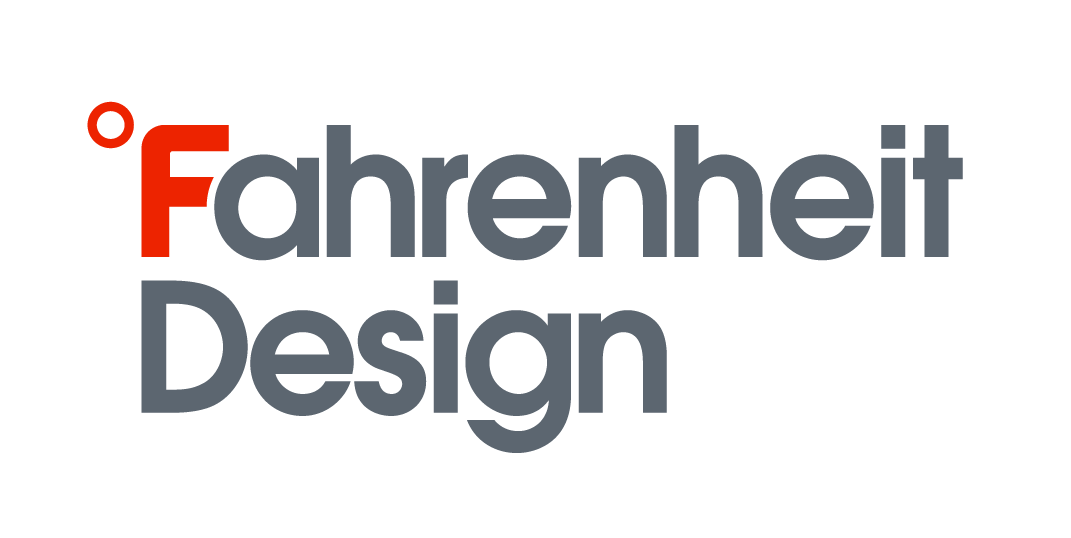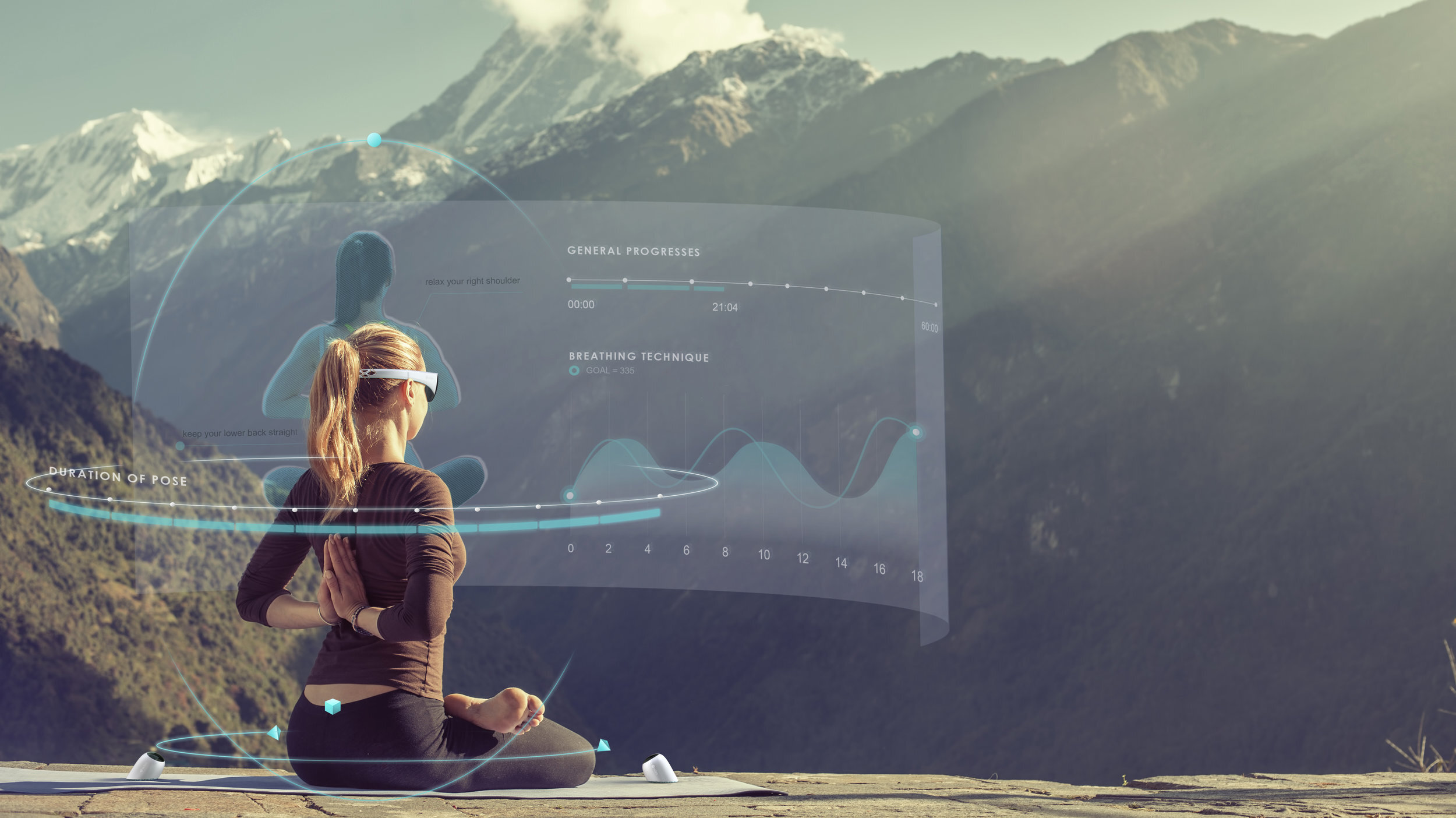CASE STUDY
Vidya AR Wearable
YOGA IN THE DIGITAL ERA
Vidya is a concept for an AR experience that provides real-time feedback to yoga students. With highly personalized suggestions on form, breathing and other aspects of yoga practice, Vidya enables people to pursue their yoga journey at the times and locations that work best for them. Classes, both live and recorded, guide people through the meditative and physical benefits of yoga, tracking the user’s progress over time.
Services
Strategy
Research
Branding
Industrial Design
UX/UI Design
Materials and Color
Awards
The challenge
How do we design a wearable fitness device that provides users with quality, real-time feedback?
1/3 of people who buy fitness trackers stop using them within three months. This is because most devices only track data over time, and after a few months, many people feel they’ve learned all they need to know about their own health.
What most of these devices lack is real-time feedback. We believed we could leverage this gap to create a device that would be a stable source of knowledge and encouragement throughout users’ fitness journeys.
The opportunity: Yoga
The complexity of yoga, which seeks to guide things like breathing, movement and thought, provided a unique chance to provide real-time feedback.
It is also an area ripe for innovation, as the growing younger generation of yoga students are more open to incorporating technology into their practice.
Key needs
We conducted research by attending yoga classes and interviewing practitioners of different levels.
Three needs stood out:
1) Personalized feedback
Doing poses and movements incorrectly can limit the benefits of yoga, and even harm the body. Real-time correction is important for avoiding this.
2) Progress tracking
Like any journey, an important part of the practice of yoga is steady progress over the long term. Many students wished to be able to see this progress in a tangible way.
3) Convenience
Available class times and locations do not work for everyone. Yogis valued the ability to have more freedom to choose.
A complete exercise
Armed with our understanding, we brainstormed ideas.
We zeroed in on augmented reality (AR) glasses, as the heads-up display (HUD) moves with the user’s head, eliminating the need to disrupt a pose to look at an instructor.
The industrial design of the headset focused on usability, design trends and comfort.
Refining the fit of the design through a series of mockups.
Swatches and visual references help determine the best colors, materials and finishes.
It’s all about flexibility.
A user’s ability to choose the time and location when they practice is enabled by two portable sensors, positioned on opposite sides of the user. These track the user’s movements, which are relayed to a coach or AI system.
Embracing the journey
Understanding the user’s complete journey gave insight into what UX features were needed, and where different interactions needed to happen - in the glasses, or in an app.
Eyes forward
Vidya was designed with an eye toward the future, blending ancient practice with the latest emerging technology.
The cornerstone device, the AR headset, was made to maximize comfort, while allowing students to see themselves performing poses.
The system displays AI-generated feedback, or enables a remote teacher to see your positions and give live instruction.
Vidya’s two position-tracking sensors are placed on opposite sides of the user at the beginning of a session. These allow the AI or instructor to know how a student is doing their poses and provide feedback.
The HUD provides all of the most important feedback. It is designed to be relaxing, encouraging and easy to digest.
In order to minimize clutter in the HUD, noncritical info is hosted in the companion mobile app.
This allows you to browse, schedule and manage classes, as well as view progress over time.


















